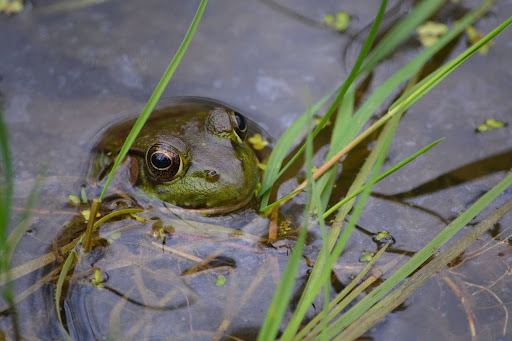Despite climate change, things still get pretty frigid here in the northeast. You can see it in aquatic environments, where surface waters fall still, momentarily becoming sheets of ice. Small ponds transform into arenas for ice hockey, and lakes and reservoirs offer ice fishing opportunities for men much braver than I. Even stretches of rivers occasionally freeze over.
There are some aquatic habitats though that are somewhat freeze resistant. They’re typically tiny and unassuming, but they offer vital refuge for an assortment of local amphibians.
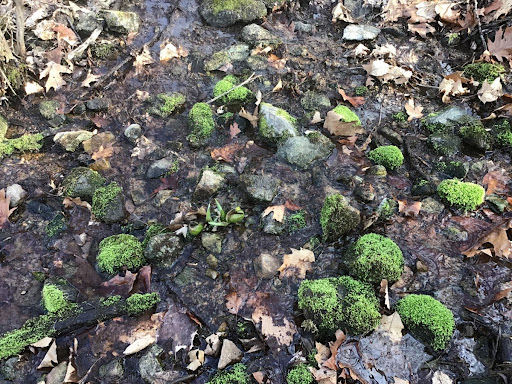
There are two underappreciated but vital wet habitat types known by ecologists as seeps and springs.
The words seeps and springs are often used interchangeably, but they actually refer to different types of aquatic habitats. They’re similar in that they’re largely sourced from underground water reserves that surface via pressure, and both are supplemented by precipitation. Where they differ is their shape and how fast they distribute water across the landscape.
Springs are fueled by high underground pressure, which results in rapid flowing water that starts at a centralized point, carving out a channel as it moves across the earth’s surface.
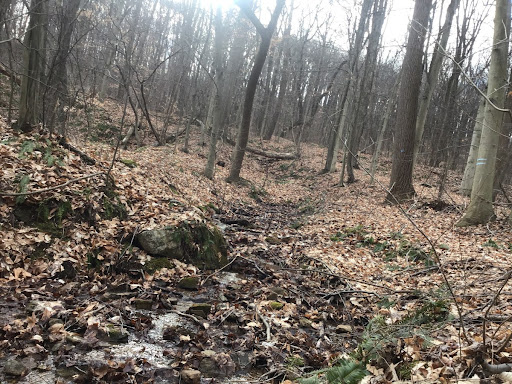
View of a spring flowing down a steep slope. Note the distinct channelization of the waterway.
Seeps, on the other hand, slowly bring water to the surface from various points, are less channelized, and often spread out over wider expanses. Springs are analogous to rivers, whereas seeps are analogous to a muddy bog.
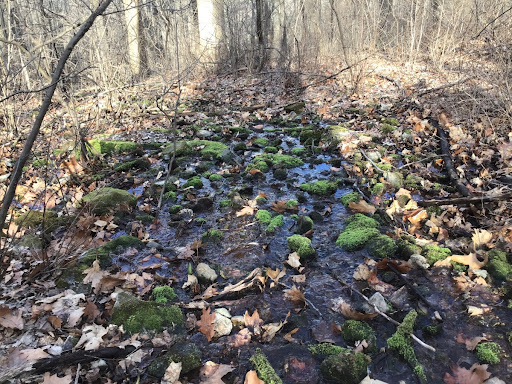
View of a seep, situated near the peak of a steep slope. Note how wide of an area it covers, and how its borders are not well defined.
Because the primary water source for springs and seeps is contained underground where temperatures are relatively stable, they tend to resist freezing. Avoiding freezing is the name of the game for temperate-dwelling ectotherms, namely reptiles and amphibians.
Some of the latter have evolved to rely on springs and seeps for hibernation purposes. Here in Pennsylvania, a number of different frog and salamander species take refuge beneath the rocks, logs, and leaf litter dispersed throughout our local springs and seeps. Some of those species include, but are not limited to:
Red Salamanders (Pseudotriton ruber)
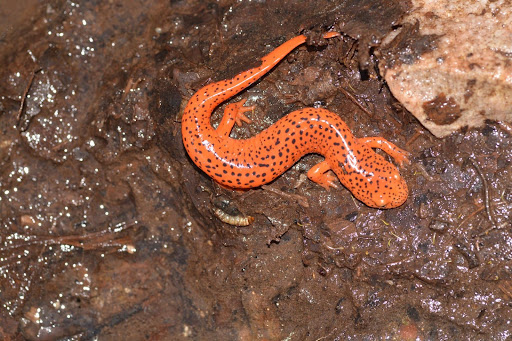
Spring Salamanders (Gyrinophilus porphyriticus)
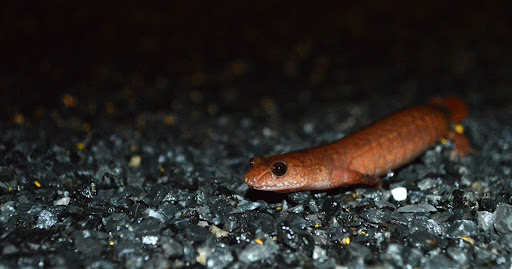
Two-lined Salamanders (Eurycea bislineata)
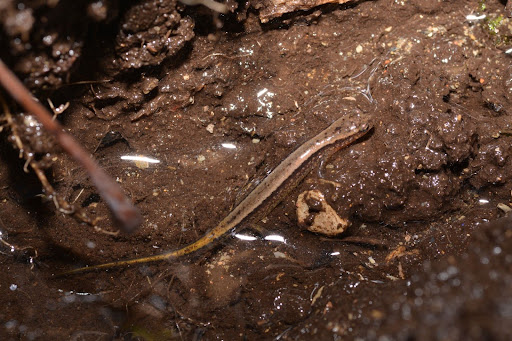
Northern Dusky Salamanders (Desmognathus fuscus)
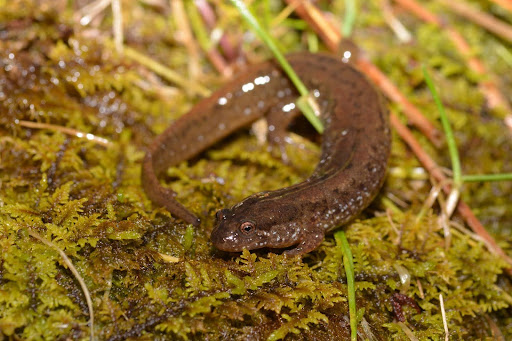
Pickerel Frogs (Lithobates palustris)
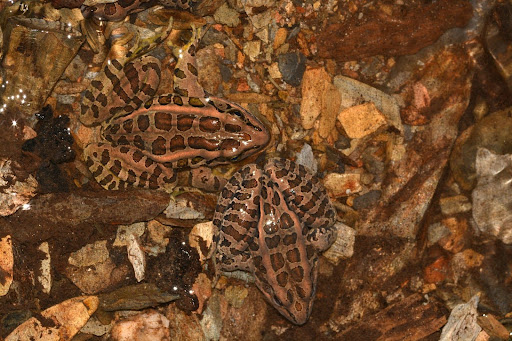
Green Frogs (Lithobates clamitans)
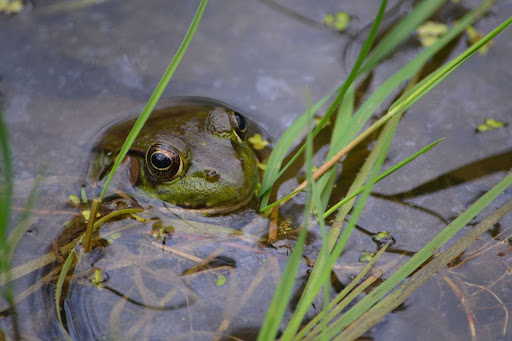
They might not be the most mighty natural features, but springs and seeps are absolutely vital for a diversity of different animals. In addition to amphibians, they’re also important for a host of different invertebrates, such as caddisflies, midges, crayfish, and plenty more. The invertebrates that occupy these habitats serve as food for other critters, but also assist in the breakdown of nutrients within our waterways.
On a larger scale, springs and seeps aid in the management of stormwater, contribute to the flow of our rivers and creeks, and serve as the primary connection between subterranean and surface water.
So maybe the next time you pass a spring or seep, you’ll be curious to know what kinds of interesting critters might be peacefully resting within them. It’s worth noting that both springs and seeps are under constant threat from urbanization, fracking, mining, and groundwater drainage. To help protect these types of environments, support your local land trust and wildlife conservation agencies. A little support can go a long way.
As always, thanks for reading.
– Sebastian Harris, Conservation Easement Steward
